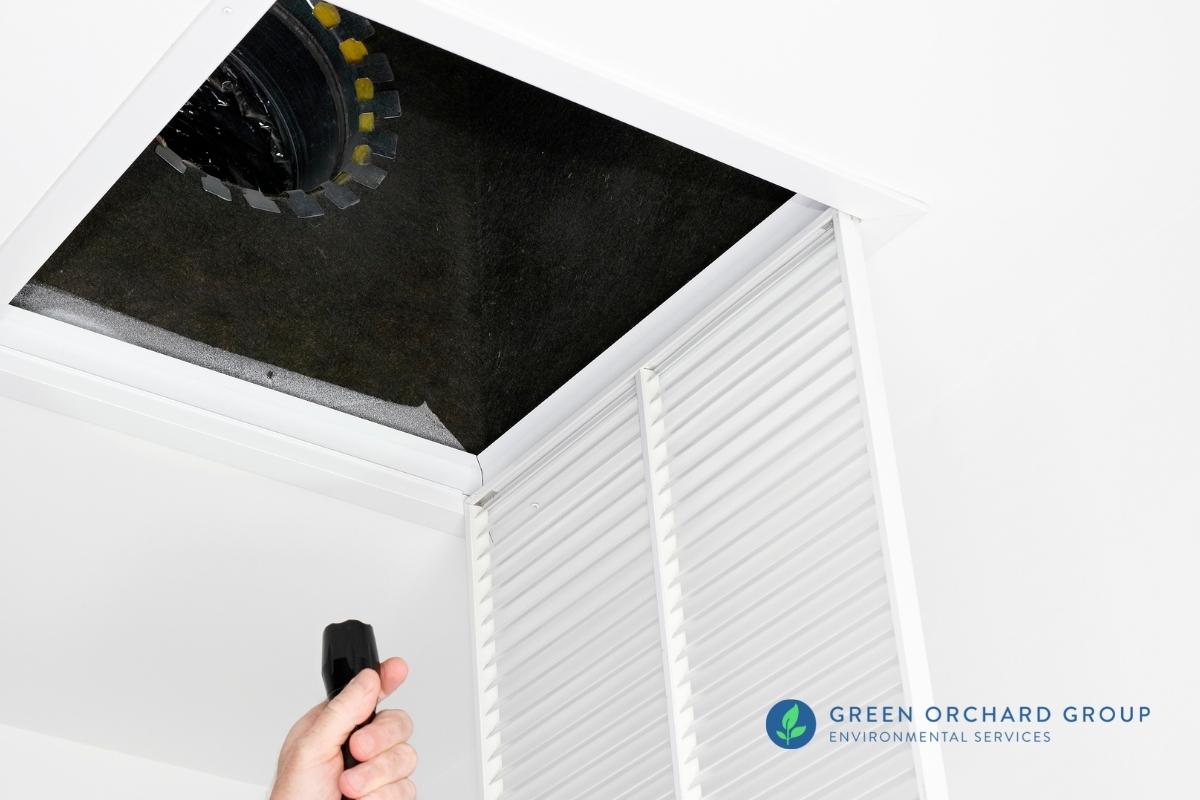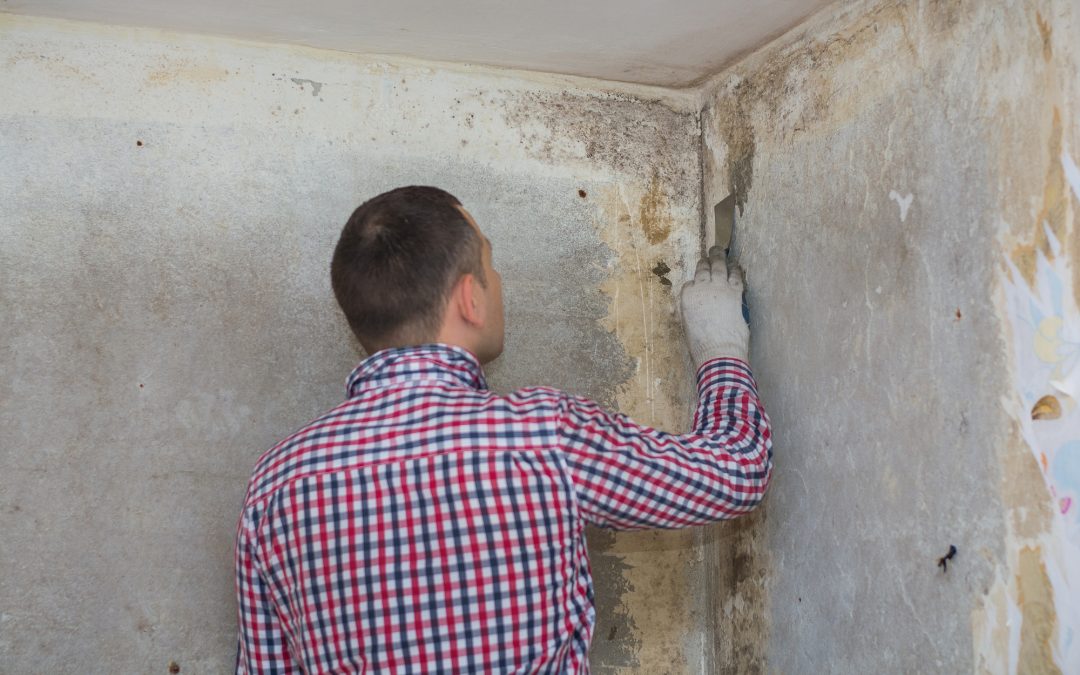Vital Actions After Mold Remediation
Vital Actions After Mold Remediation
Blog Article
Professional Tips for Blog Post Mold Remediation Success
In the realm of mold removal, successfully eliminating mold is only half the battle; the true difficulty exists in stopping its reappearance. Post-remediation initiatives play an important role in making certain a mold-free setting in the long term. By adhering to skilled pointers and ideal methods, individuals can guard their rooms versus mold and mildew renewal and keep a healthy indoor environment. It remains in this stage of the remediation procedure that attention to detail and proactive measures truly make a distinction.
Screen Moisture Degrees On A Regular Basis
After completing mold remediation treatments, preserving optimum moisture levels is critical to stop mold and mildew re-growth and guarantee a healthy and balanced interior atmosphere. High moisture degrees above 60% produce a conducive setting for mold to thrive, making regular keeping track of a proactive step to stop any kind of future mold issues.
Utilizing hygrometers or dampness meters can help in properly gauging moisture degrees in different locations of the residential or commercial property. These tools give real-time information that allows remediation experts to make informed choices concerning air flow, dehumidification, and various other essential activities to preserve ideal moisture levels post-remediation. Additionally, developing a regular timetable for humidity checks, especially in risky locations such as shower rooms, cellars, and kitchens, is a positive method to mold avoidance. By constantly checking humidity degrees, homeowner can efficiently mitigate the danger of mold reoccurrence and maintain a healthy and balanced interior atmosphere post-remediation.
Conduct Thorough Inspections Post-Remediation
Complying with the conclusion of mold and mildew removal procedures, it is imperative to conduct detailed assessments to confirm the effectiveness of the remediation process. These post-remediation inspections are important in making sure that the mold problem has actually been effectively attended to and that there is no reoccurrence or continuing to be mold and mildew development. Examinations need to be performed by qualified experts that have knowledge in determining mold and mildew and examining indoor air top quality.
Throughout these examinations, numerous approaches such as aesthetic analyses, air tasting, and surface area tasting might be used to completely review the remediated areas. Aesthetic analyses involve a comprehensive evaluation of the facilities to check for any kind of visible indicators of mold growth or water damage. Air sampling aids in establishing the airborne mold spore levels, while surface sampling can detect mold bits on surfaces.
Implement Proper Ventilation Strategies
After making certain the effectiveness of the mold and mildew remediation process with extensive inspections, the following critical action is to focus on applying proper ventilation methods. Ample ventilation is necessary in preventing mold reoccurrence by managing dampness levels and advertising air flow.
Correct ventilation not just aids in mold removal spray home depot stopping mold development yet likewise contributes to the general health and wellness and comfort of passengers. By making sure appropriate ventilation throughout the residential or commercial property, you can lower the risk of mold regrowth and develop a healthier living atmosphere. Normal maintenance of ventilation systems, consisting of cleaning and filter substitutes, is crucial to sustaining reliable ventilation. Consulting with cooling and heating professionals can give more understandings into enhancing ventilation strategies for your details residential or commercial property demands.

Use Mold-Resistant Products for Services
To improve the lasting performance of mold remediation initiatives, incorporating mold-resistant products for fixings is important in alleviating the threat of future mold and mildew growth. Mold-resistant products are developed to stand up to dampness and hinder mold development, making them a necessary selection for locations prone to wetness and humidity. When repairing areas affected by mold, making use of materials such as mold-resistant drywall, mold-resistant paints, and mold-resistant caulking can help prevent mold reoccurrence.
Mold-resistant drywall is an outstanding alternative to traditional drywall in areas like restrooms and basements where wetness degrees are greater. When subjected to damp conditions, this kind of drywall has a special finish that withstands mold development also. In addition, utilizing mold-resistant paints having antimicrobial representatives can additionally inhibit mold development on wall surfaces and ceilings.
In areas where moisture prevails, such as bathroom and kitchens, using mold-resistant caulking around home windows, tubs, and sinks can aid seal out water and avoid mold from holding in fractures and crevices. By purchasing these mold-resistant materials during fixings post-remediation, you can significantly reduce the likelihood of future mold concerns and preserve a healthier indoor setting.
Maintain Cleanliness and Address Water Issues
After mold and mildew remediation, it is vital to maintain a clean setting to visit avoid the regrowth of mold. Leakages, water intrusion, or high moisture levels can develop the ideal breeding ground for mold, so it is important to fix any water-related issues instantly.
To maintain tidiness, think about utilizing HEPA filters in vacuum cleaners and air purifiers to trap mold spores and avoid their circulation in the air. In addition, making sure appropriate air flow in locations vulnerable to moisture build-up, such as kitchen areas and shower rooms, can assist maintain humidity levels in check. look here By remaining watchful about sanitation and resolving water problems immediately, you can properly prevent mold and mildew reinfestation and maintain a healthy and balanced interior setting.
Conclusion

In the world of mold removal, effectively getting rid of mold is just half the battle; the real challenge lies in stopping its reappearance. After completing mold remediation procedures, keeping optimal humidity degrees is essential to stop mold and mildew re-growth and guarantee a healthy interior setting. High moisture levels above 60% create a conducive setting for mold to grow, making routine keeping an eye on a positive procedure to stop any kind of future mold issues.
To enhance the lasting efficiency of mold removal initiatives, including mold-resistant materials for fixings is crucial in mitigating the danger of future mold development. After mold removal, it is essential to maintain a tidy environment to prevent the regrowth of mold.
Report this page